A new whitepaper highlights the “extensive” savings fleet managers can expect from electrifying their fleets.
It suggests fleets can expect to save around £1,500 annually per light commercial vehicle (LCV) driving 15,000 miles a year (60 miles a day, 250 days a year) if charged at the depot or home.
For rigid HGVs driving the same distance, the savings could be up to £3,500 annually.
In all cases, it says, savings will vary depending on the vehicle efficiency (mpg), the electricity tariff at the depot, fuel price fluctuations, and use of
public charging.
The cost savings, published by the REA (The Association for Renewable Energy and Clean Technology) and Energy Saving Trust, are attributed to the fact that electric vehicles (EVs) only require 25-30% of the energy that a diesel equivalent would need to deliver the same performance.
Nick Harvey, senior programme manager at the Energy Saving Trust, said: “Electrifying fleets not only contributes to a more sustainable future but also offers potential financial benefits.
“Our collaboration with the REA on this resource highlights that fleet managers can achieve significant cost savings—up to £1,500 annually per light commercial vehicle and approximately £3,500 per rigid HGV.
“These estimated savings support the economic viability of transitioning to electric vehicles and the efficiency gains that can be realised.”
Current UK policy targets are also outlined in the whitepaper – Electrifying the fleet, a practical resource for fleet managers – with a mandate that by the end of 2024, 10% of new van sales in the UK must be zero emissions, rising to 58% by 2029, 70% by 2030, and 100% by 2035.
For HGVs, all new models sold in the UK must be zero emission by 2040.
To support these ambitious targets, the Government offers various plug-in grants, including up to £2,500 for small vans, £5,000 for large vans, £16,000 for small trucks, and £25,000 for large trucks, helping to offset the initial costs of electrification.
Future of roads minister, Lilian Greenwood, said: “Our roads are undergoing a technological revolution, and fleets will play a big part.
“A cleaner greener transport network is a key priority for this Government, which is why we have plug-in grants available for vans and trucks and programmes aimed at scaling up zero emission HGVs, to decarbonise road freight.
“The REA and Energy Saving Trust’s new resource is a great step on our path to net zero.”
The whitepaper also emphasises the benefits of smart charging, which can significantly reduce costs by enabling fleet managers to schedule charging during off-peak times when electricity prices are lower.
Smart charging also reduces the need for costly grid upgrades and improves overall efficiency.
Additionally, it discusses the potential of depot sharing, noting that with approximately 66,973 depots in the UK, enabling depot sharing could significantly reduce the demand for public HGV charging infrastructure, facilitating faster and more cost-effective fleet electrification.
Fleet News recently revealed that the sharing of private depot EV charge points with commercial vehicle operators has taken a major step forward with the launch of a new project.
Paua PINS (Private Infrastructure Network Solution) has received around £300,000 from the Department for Transport (DfT) through its Transport Decarbonisation Demonstrators programme, which is delivered by Innovate UK.
Paua, Cenex, Oxfordshire County Council, Suffolk County Council, Daf and a host of leading fleets, industry bodies and software providers are collaborating on the 10-month project to make depot sharing a reality on a commercial scale for fleets.
The whitepaper also includes numerous case studies are included, showcasing successful fleet electrification projects by REA members.
For example, Drax's deployment of EV charging infrastructure for SES Water is saving an estimated 43 tonnes of CO2 per year, while Mer's installation of 200 chargers for IKEA supports the retailer's commitment to sustainable deliveries.
Matt Adams, transport policy manager at the REA, concluded: “This resource provides a proven, well-managed process for fleet managers considering electrification, offering significant savings on fuel costs and helping fleets achieve their ESG targets.”
LCV and HGV charging costs
Medium LCV driving 15,000 miles a year (60 miles a day, 250 days a year)
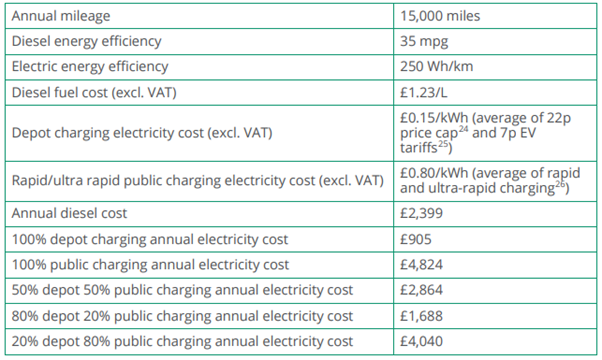
Source: Energy Saving Trust
Rigid HGV driving 15,000 miles a year (60 miles a day, 250 days a year)


Source: Energy Saving Trust



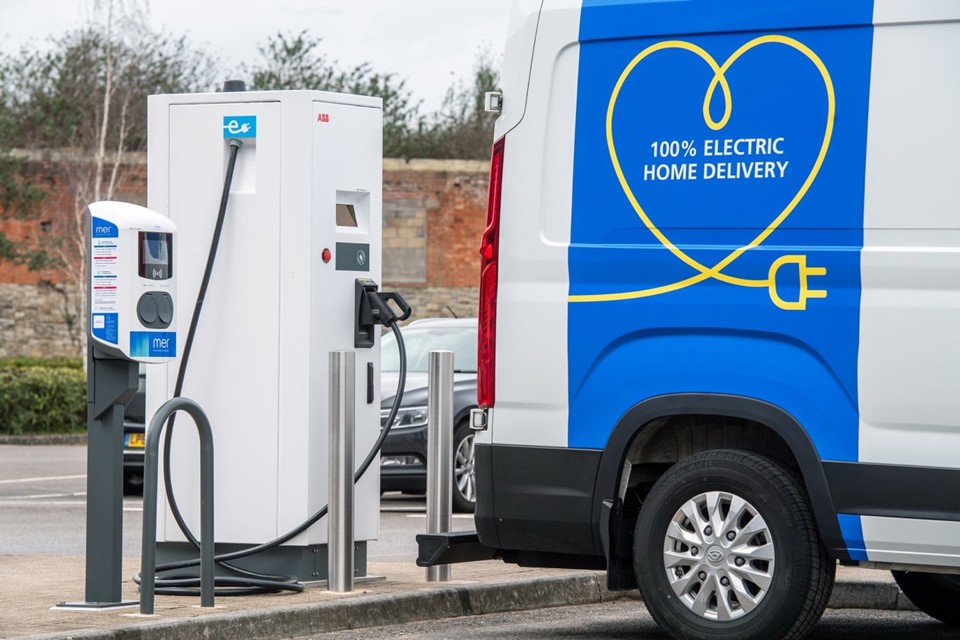




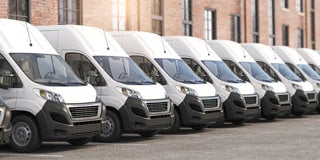

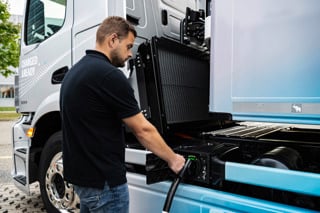
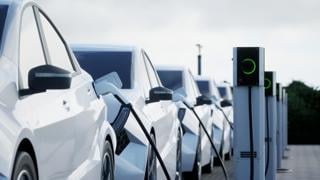
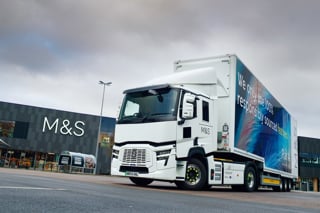











Login to comment
Comments
No comments have been made yet.